Make In India: Marching Ahead
By MYBRANDBOOK
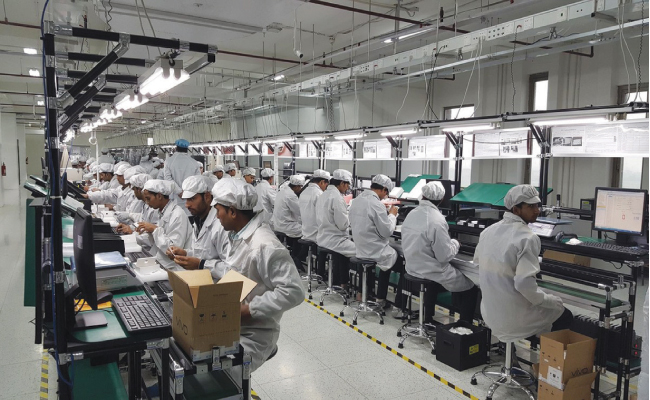
Make In India:Marching Ahead
In the last 18 months, India has established 40 new mobile manufacturing units and 12 new component/accessory manufacturing units
The Indian ESDM sector is projected to grow at a CAGR of 24% from $70 billion in 2014 to $400 billion by 2020. With a target of Net Zero Imports by 2020, the government has embarked on several initiatives to promote manufacturing in the country. In the last 18 months, India has established 40 new mobile manufacturing units and 12 new component/accessory manufacturing units. The mobile phones itself have potential to create electronic manufacturing to the tune of over $250 billion industry.
The new mobile manufacturing units in India aims to produce around 20 million mobile phones per month and in terms of employment has deployed more than 40,000 people. In value terms, India’s mobile manufacturing industry is expected to produce mobile phones worth Rs 94,000 crore in FY2016-17 vis-a-vis Rs 54,000 crore in FY2015-16. India manufactured 110 million mobile phones in FY2015-16 as compared to 60 million in FY2014-15 showing a growth of over 90%.
The contribution of domestically manufactured mobile phones in India has reached 67 per cent in 2016 and is forecast to reach 96 per cent by 2020. In terms of local value addition, the 67 per cent of the handsets manufactured in India contribute only six per cent with most of the OEMs still importing Semi Knocked Down components (SKDs) kits to be assembled with mobile phones.
With respect to components, the government is looking at a three phase plan. In the first phase (2016-2018), the focus is on battery, chargers, cables, housing, packaging and others, thus driving local value addition from six per cent to 17 per cent by 2018. In the second phase (2018-2020), the focus is on components like display, camera and their sub components, thus driving local value addition from 18 per cent to 32 per cent by 2020. In the third phase, the focus is on localising the semiconductor components which includes setting up semiconductor fab and finally driving local value addition beyond 33 per cent.
A recent study conducted jointly by IIM Bangalore and Counterpoint highlighted that the value addition in India is approximately 6 per cent under the current state of manufacturing in India. This can be increased up to 32 per cent by 2020 wherein the most of the manufacturing processes in India. Thus, providing incentives can be a start to build the eco-system for mobile handset manufacturing and bringing value addition to India.
As per IIM Bangalore and Counterpoint Research study, the Indian mobile phone industry will source $15 billion components locally under Make in India over the next five years (2016-2020). In this five-year period, close to a billion smartphones, together with almost half a billion feature phones, that will be sold in India and will consume more than $80 billion worth of components.
“With this study, we have identified and analyzed more than 60 components and sub-components going into a phone and the possibilities to drive localization of these components over the next five years. To begin with this involves greater investment in industrial design, PCBA design and surface-mount-technology (SMT) level assembly although many of the major silicon components will continue to be sourced from overseas. However, we believe manufacturing of major sub-components of chargers, batteries and cameras can be accomplished locally. Sourcing and assembling these key high-value components and sub-components from local manufacturers will drive greater value addition. This will drive the true local value addition to more than 30 per cent by 2020 and potentially to as much as 50 per cent thereafter,” said Neil Shah, research director, Counterpoint Research.
As per the IIM Bangalore and Counterpoint Research study, the government’s role will be in driving effective duties on key components along with attractive incentive structures, can drive key suppliers to India. In addition, funding engineering institutions and corporations to develop future research (e.g. 5G, automated manufacturing robotics, software, etc.) to build domestic intellectual property (IP) and a strong pool of highly skilled professionals.
Broadband India Forum (BIF) in association with Ernst & Young (EY) has also released a research paper which highlights the need to incentivize domestic handset manufacturing in India under GST regime.
Bipin Sapra, partner, EY, said, “It is expected that the adoption of smartphone in India will go up to 688 million by 2020 as compared to 238 million in 2015. With the introduction of GST, most of the current centre and state taxes/duties will be subsumed under GST. The excise duty on smartphone manufacturing which was a single point tax and the basis for all incentives would also be subsumed. Thus, it is expected that the incentives available to domestic manufacturers under the current regime would decrease and there is need to continue the incentives under the GST regime to meet the increasing demand through domestic production.”
While GST alone is not the driver for incentivizing manufacturing in a country, some of absolutely essential factors for a sustained manufacturing environment in the country are infrastructure, a robust manufacturing ecosystem, skilled manpower, technology and R&D facilities etc. For the other factors to develop, it becomes important to grant incentives to the domestic manufacturing in order to set off the local disabilities.
The actual incentive amount can be enhanced with a multiplier (‘N’) to grant a benefit that is at least equivalent to the incentive available under the current regime (i.e., approximately 8%—10%) with similar value addition, and higher incentives that can be granted when the local value addition in India is more. The factor N can be in the range of 1.5 to 2 so that those smartphone manufacturers who does more value addition will benefit in the log run.
Government may go one step further and extend similar benefits to the component manufacturers, which would encourage more investment in India and give a boost to the handset manufacturing ecosystem. Once the ecosystem is created, the prices of parts and components may also become more competitive, which, in turn, will reduce the cost of mobile handsets and make Indian handset manufacturers more competitive globally.
The government has also received 192 M-SIPS (Modified Special Incentive Package Scheme) applications worth Rs 1.1 Lakh crore between April 2014 to September 2016 from global OEMs/ODMs and component manufacturers in various segments of electronics like IT & telecom, strategic, energy conservation. consumer, automotive, industrial, medical and EMS etc. MeitY has approved 67 proposals worth Rs 16,845 crore from Tata Power SED, Continental Automotive, Samsung, Bosch, Nidec, Tejas Networks, Motherson Sumi Systems, Nippon Audiotronix, GE BE, Philips, Jail Flextronics, Sterlite, Giesecke & Deverient, LG, Lava, Haier, Mitsubishi, Delphi, Schneider Electric and WiproGE Healthcare.
The government has also launched Electronics Development Fund (EDF) in February 2016 with the objective of promoting companies in developing new technologies in the areas of electronics, nano electronics and information technology. 4 Venture funds worth Rs 179 crore have been approved and 12 venture funds approved for in-principle commitment of Rs 510 crore.
To develop electronics manufacturing in India, the Government is supporting electronics manufacturing clusters in different parts of the country under the EMC Scheme by providing financial incentives for infrastructure development. The Bhiwadi Cluster has an important role to play in the Government of India’s ‘Make-in-India’ and ‘Digital India’ initiatives. Finding potential in this Scheme, the Bhiwadi ELCINA Cluster was conceived by the association members with a view to overcome cost disabilities and provide an ecosystem which would enable manufacturers in India to compete with global suppliers.
ELCINA has created a SPV (Special Purpose Vehicle) – ELCINA Electronics Manufacturing Cluster Pvt. Ltd, a company formed solely with a purpose to develop and maintain the infrastructure in the cluster, as per the guidelines laid down by the Ministry of Electronics & IT, Government of India, under the Electronics Manufacturing Cluster Scheme.
ELCINA Electronics Manufacturing Cluster in Bhiwadi just 71 km from the IGI Airport in Delhi is the first cluster as a cooperative project. Spread across 100 acres is the ELCINA Electronics Manufacturing Cluster, the project is to be implemented in two phases of 50 acres each in Bhiwadi, Rajasthan. Around 19 companies have already invested in the Bhiwadi cluster.
The proposed Dedicated Freight Corridor (DFC) runs alongside the cluster plot. The central government Incentives (M-SIPS) include capital subsidy up to 25% of capital expenditure of the project. In addition, there is provision for refund of Indirect Taxes paid on Capital Equipment. The Cluster would create direct employment opportunity for 5,000 - 6,000 and the indirect employment potential is 10,000 - 12,000.
The Grant-in-Aid for Phase I of Rs. 20.24 crore from MeitY under the EMC Scheme would be used to develop the basic infrastructure and common facilities mentioned above. There is provision for expanding the Manufacturing Support Services in Phase II of the project which includes Tool Room, CAD/CAM Design House, Testing facility, Plastic Molding and Sheet Metal Stamping facility. The notable ESDM products proposed to be manufactured in the cluster are: Electronic components; consumer appliances; EMS Services; mobile phone accessories; UPS & stabilisers; solar products; electromechanical components and more.
India has set an ambitious target of manufacturing 500 million mobile phones by 2019. The country is also working to speed up setting up of mobile component eco-system in order to increase local value addition in mobile phone.


The government of India intends to construct a single portal f
A single portal will be launched by the Indian government to list all of it...

OpenAI offers GPT-4o, a faster model available to all users at
GPT-4o, a faster and more sophisticated AI model, is made available to all...

Paytm brings UPI Lite Wallet for low-value transactions
Paytm’s parent company One97 Communications (OCL) is emphasizing upon UP...
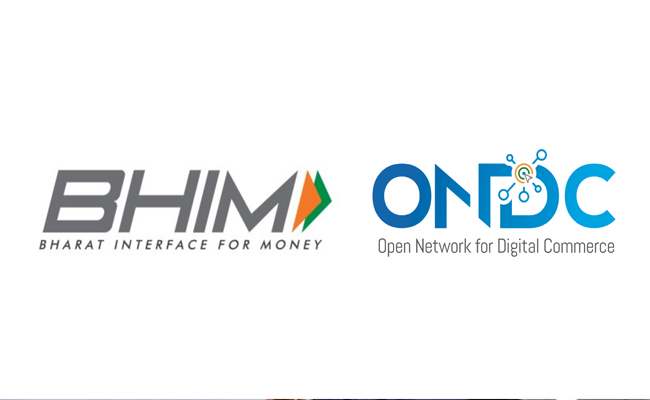
BHIM to join e-commerce, competing with PhonePe and Google Pay
The government-supported payment software BHIM is getting ready to join t...

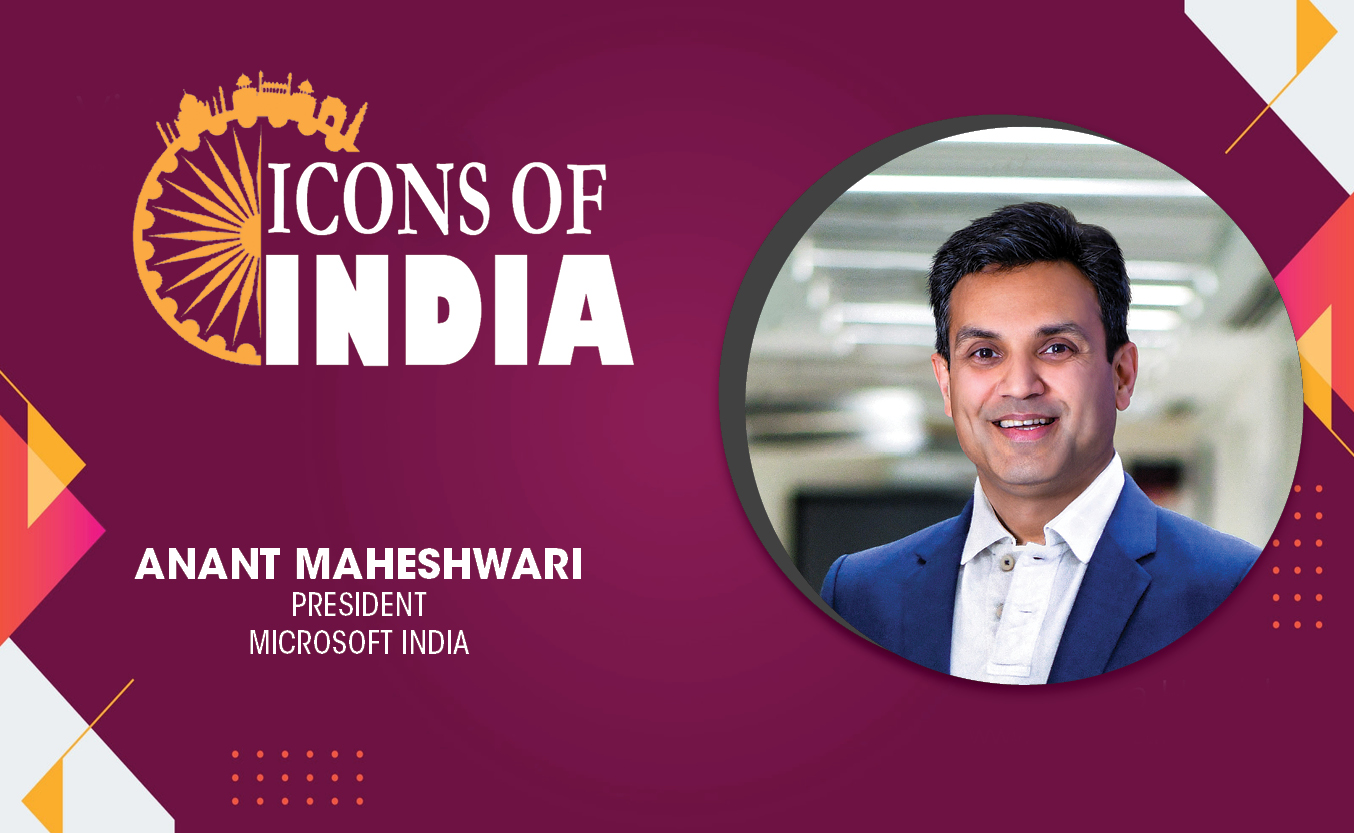
Technology Icons Of India 2023: Anant Maheshwari
As President of Microsoft India, he is responsible for Microsoft’s o...
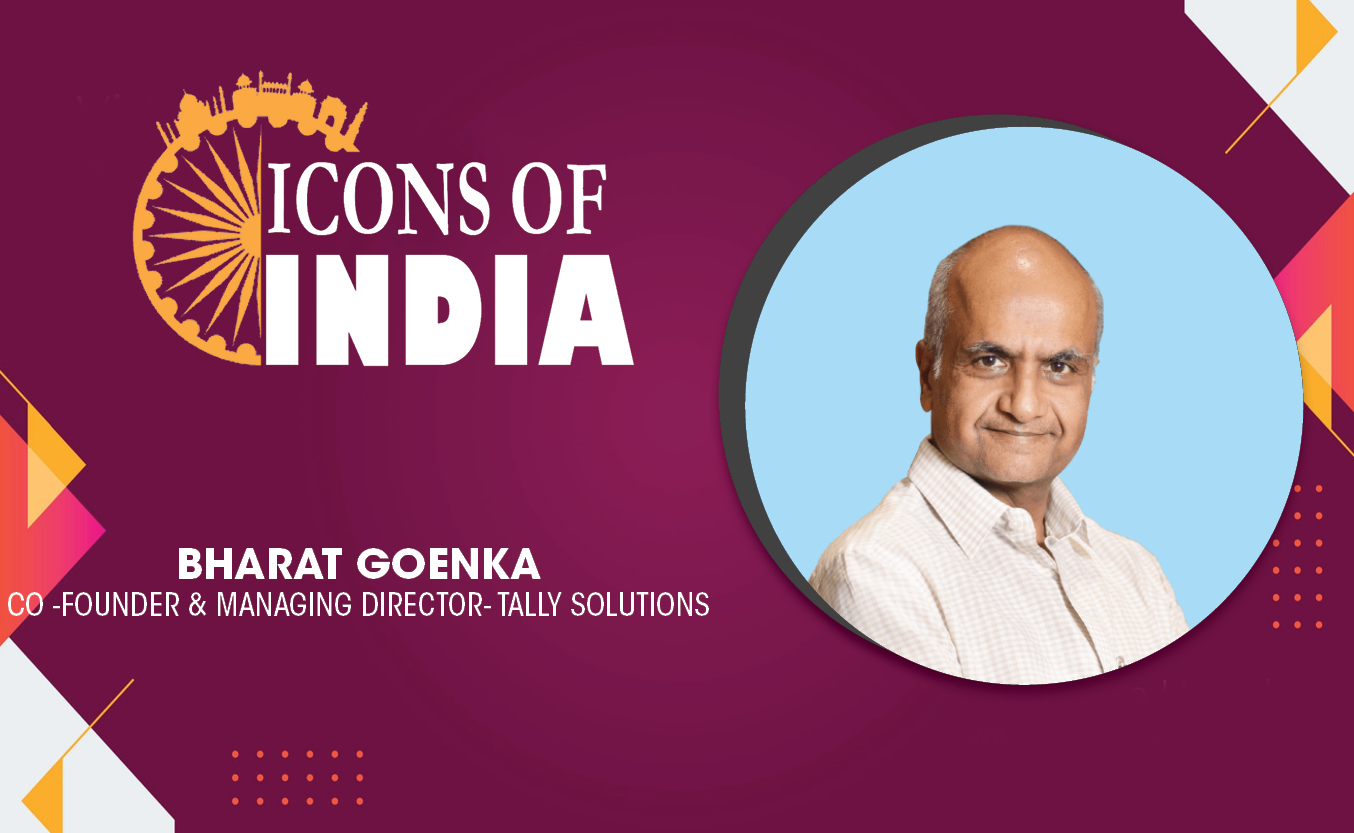
Technology Icons Of India 2023: Bharat Goenka
Bharat Goenka is the Managing Director of Tally Solutions. He is well ...
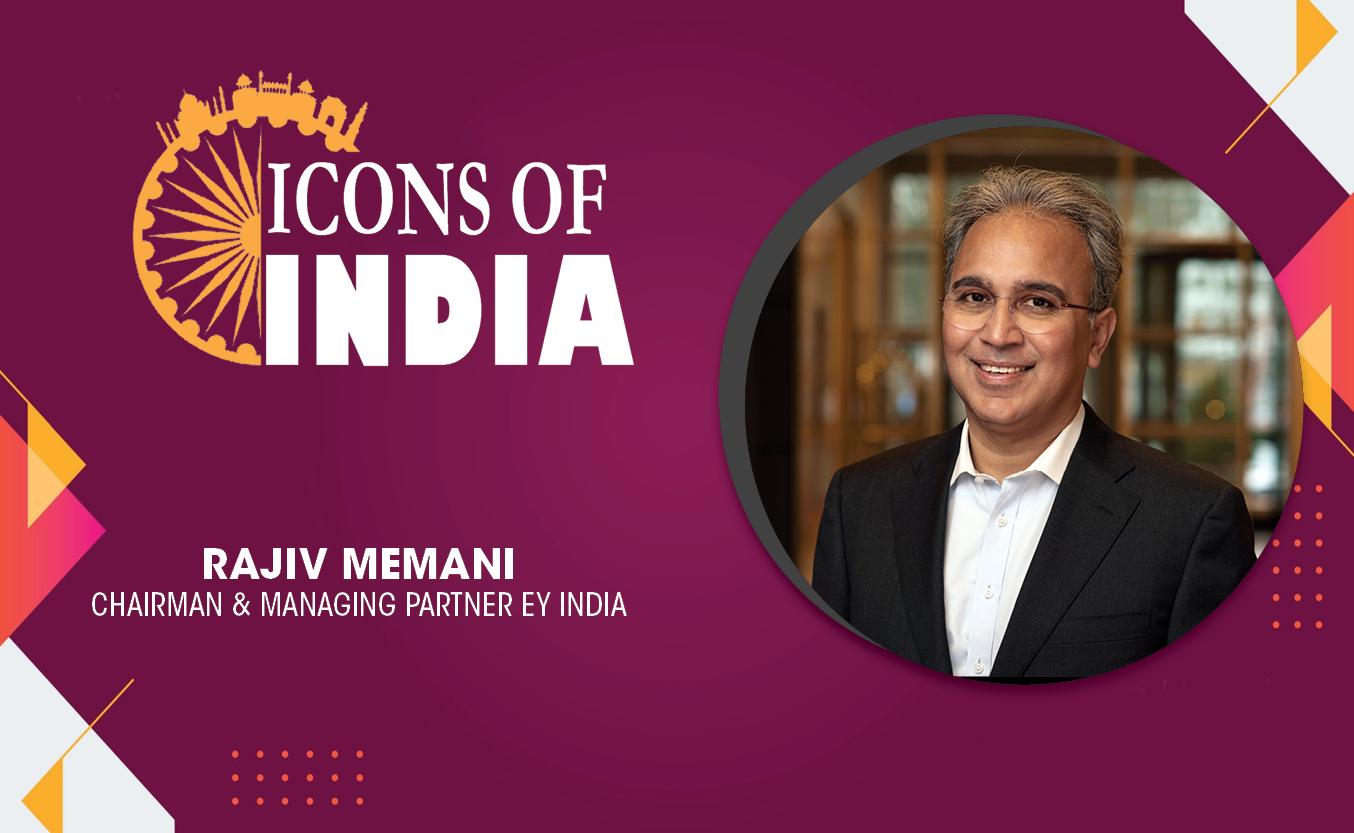
Technology Icons Of India 2023: Rajiv Memani
As Chair of the EY Global Emerging Markets Committee, Rajiv connects e...

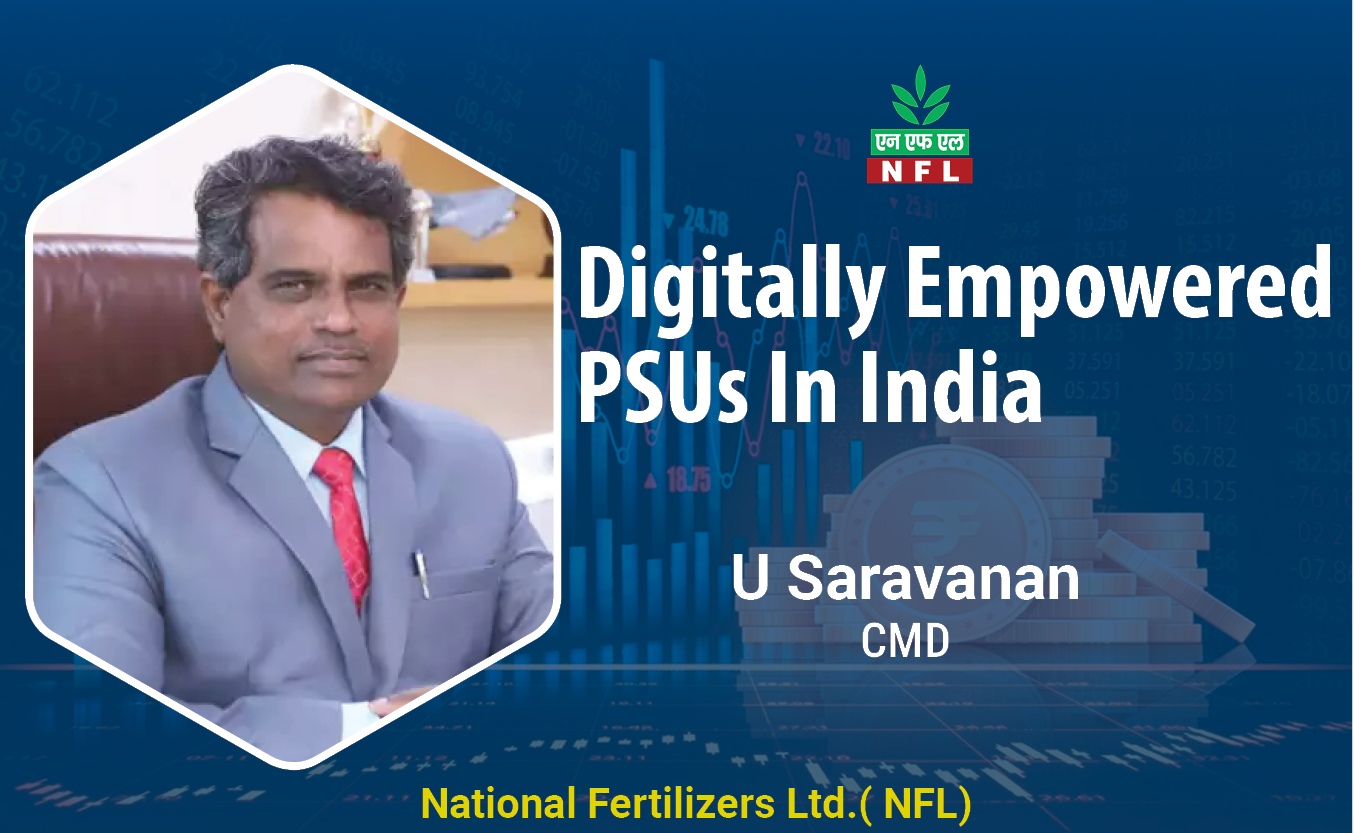
Leading company into fertilizers in the country
NFL is a dynamic organization committed to serve the farming community...
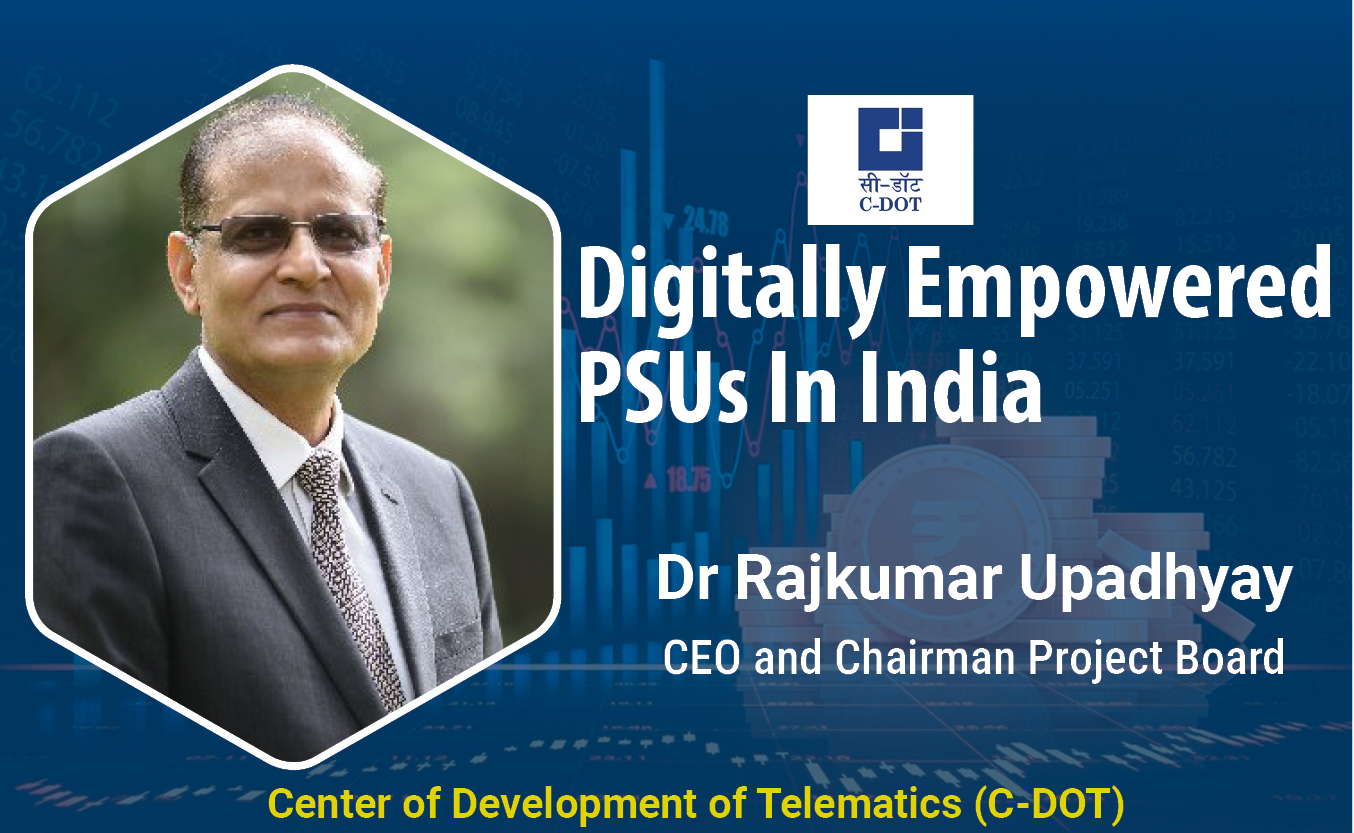
C-DOT enabling India in indigenous design, development and production of telecom technologies
An autonomous telecom R&D centre of Government of India, Center of Dev...

BSE provides highly secure, efficient and transparent market for trading
BSE (formerly known as Bombay Stock Exchange Ltd.) is Asia's first & t...


FORTUNE MARKETING PVT. LTD.
Delhi based Fortune Marketing, An ISO 9001:2008 company, distributes ...

TECHNOBIND SOLUTIONS PVT. LTD.
TechnoBind’s business model is focused on identifying and partnering...

ACCERON INFOSOL PVT. LTD.
It is a leading value added distributor in the IT security space and h...